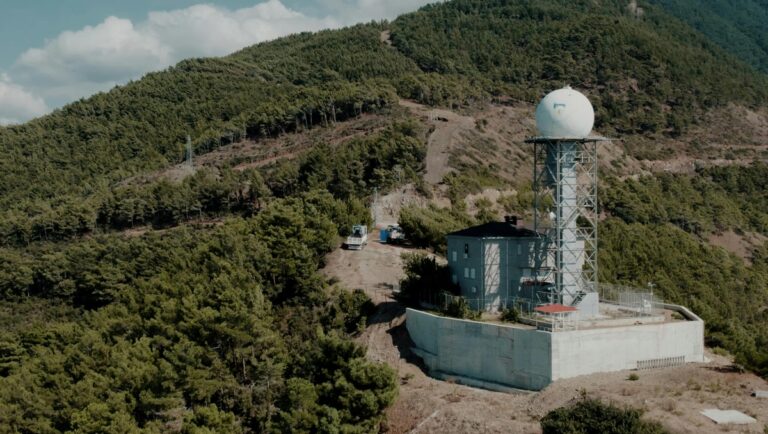Weather forecasting has long been a field where precision is key, and advancements in technology have made dramatic improvements in how meteorologists predict the weather. Now, Google is taking it to the next level with GenCast, a revolutionary AI-powered model that can forecast the weather with unmatched accuracy for up to 15 days. Here’s how this cutting-edge technology is changing the game in meteorology.
Google Takes Weather Forecasting to New Heights
For years, the European Centre for Medium-Range Weather Forecasts (ECMWF) has been the gold standard in weather prediction, providing reliable forecasts for 35 countries. While their models have been invaluable for predicting weather patterns and extreme events, Google’s new AI model, GenCast, has raised the bar. Using historical weather data from as far back as 1979, including variables like temperature, wind speed, and atmospheric pressure, GenCast can generate forecasts for the next 15 days in just 8 minutes. To put that into perspective, current methods can take several hours to produce similar results.
In a series of tests comparing both models, including predictions for 1,320 extreme weather events that occurred in 2019, GenCast consistently outperformed the ECMWF model, showing a 97% improvement in accuracy. What’s even more impressive is that Google’s AI was particularly spot-on when predicting extreme temperatures, heatwaves, and high winds—situations where traditional models often fall short.
A Glimpse into the Future of Weather Forecasting
Google’s breakthrough is a game-changer not just for meteorology but for AI integration into traditional fields. With GenCast, weather predictions are now faster and more accurate, enabling both individuals and organizations to better prepare for extreme weather events, from hurricanes to wildfires. While it’s clear that Google’s AI has a long way to go before it dominates the weather forecasting industry, its performance is undeniable.
For example, imagine you’re planning an outdoor event or even a large-scale agricultural operation. With GenCast, you could get a more reliable forecast in a fraction of the time, helping you make better decisions for everything from logistics to safety precautions.
This leap forward also opens the door for further innovations in AI-driven meteorology, including hyper-local forecasts, more detailed predictions for specific weather phenomena, and even real-time updates during rapidly evolving conditions like tornadoes or blizzards.
The Bigger Picture: AI’s Role in Weather Prediction
While Google’s technology is still in its early stages, the real potential of AI in weather prediction is just beginning to unfold. Traditional forecasting models rely on complex simulations, which require massive computational power and time. Google’s model, by contrast, is both faster and more scalable, making it a powerful tool not just for meteorologists but for anyone who depends on accurate weather information.
This could have a profound impact on industries like agriculture, aviation, and disaster management, where weather plays a critical role. For example, farmers could rely on GenCast to receive more timely and precise forecasts, which could help them optimize planting and harvesting schedules to avoid extreme conditions. Similarly, cities and communities that are prone to natural disasters could use this AI model to implement more effective emergency response systems and evacuations.
A Step Toward Revolutionizing Weather Predictions
Though Google may not take over weather forecasting entirely, the introduction of GenCast marks a significant step in the integration of artificial intelligence into a field that has remained largely unchanged for decades. By improving speed, accuracy, and efficiency, this new model is poised to redefine how we approach weather prediction in the future.
As we continue to navigate the complexities of climate change and increasingly volatile weather patterns, innovations like GenCast may become crucial tools in ensuring that we stay ahead of the storm. The future of weather forecasting is here, and it’s powered by AI.




